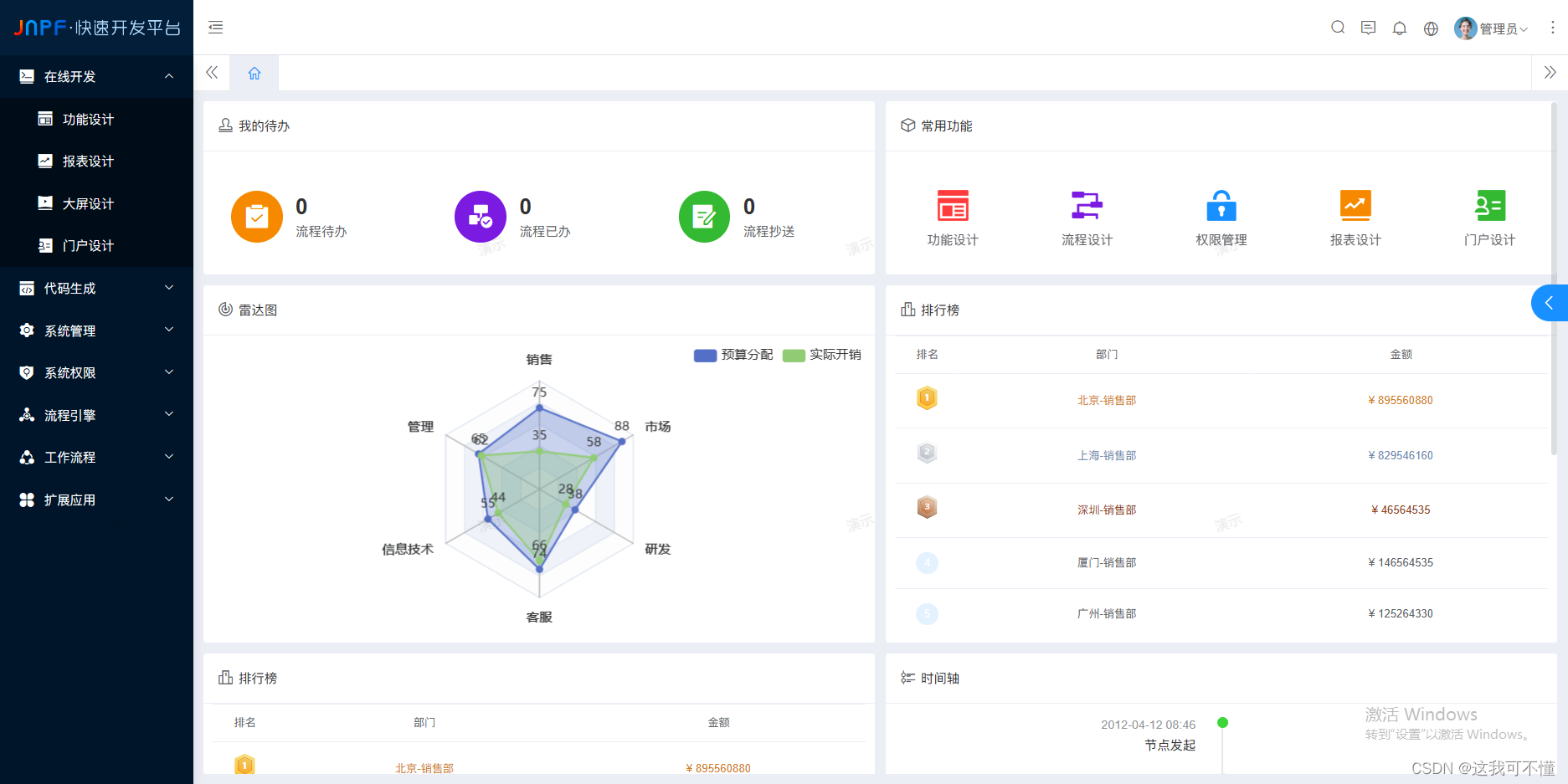1. How to build a work order system?
I tried to build an application used by the content department to meet the needs of other departments. It is a bit like the "temporary work order" of the content team to solve the problem that the division of labor in the current collaborative office software is too large, and the inter-departmental temporary needs are not paid attention to. Unable to understand the priority of the task, the leader is not good at controlling the progress and other issues.

2. The result I hope to achieve with this application
- Temporary demand can automatically become a job to be assigned through the input of the demand side.
- The corresponding person in charge will assign personnel to execute according to the specific situation.
- Executors can arrange their own priorities by understanding the urgency of tasks, and upload the results after completion.
- The results are checked and accepted by the person in charge of the corresponding division of labor and the requester.
- The progress of the whole process should be clear at a glance, easy to pursue accountability, and have statistical data for archiving.
If I put it in the past, I can only ask for help if I don't know how to program, and it is difficult to get attention for such a small demand. Now we can consider using a low-code platform to try to build it ourselves. Among the low-code products, there are more famous low-code products such as Yida and JNPF development platform . This time we choose " JNPF " for practical operation.

Customized services are also provided. You can choose to build it yourself, or you can choose to customize the development and directly customize a system exclusive to your company's business logic.
According to actual needs, based on JNPF's form, process, approval and other functions, I have built feedback work orders, task lists, customer information, service applications, pending work orders, pending work orders, and pending work orders in work order management. , Processed work orders and satisfaction return visits, a complete set of management processes, and this set of logic is just suitable for my needs.

All content is in the form of components. For example, if I want to add a scoring module to the page, I only need to drag it to the corresponding position. After a frantic renaming, deletion, and dragging, the application basically has a prototype and can be tried.
Of course, if you need to implement some complex functions, or the existing components cannot meet the requirements, you still need code and some functional logic. Therefore, low-code still has certain limitations for programming beginners, but for those who have a certain programming foundation, it can be much more convenient and faster, saving a lot of basic operations.
You can try to build it yourself. As far as I know, the platform is free for 15 days. Official website: https://www.jnpfsoft.com/?csdn

3. Summary
Low-code is simple and fast, but there are certain thresholds.
The construction of the application is very fast, and the whole process takes about an hour. During this period, the main time is to sort out the logic of the application, that is, to think about the structure and what each place should be. The actual workload is not much.
In fact, after reading my construction process, you should understand that building applications with low-code is very simple, even much simpler than PPT templates. In the case of clarifying the logic of the application , this is also the most important point , just like building blocks or building Lego toys, you only need to use a little computer to complete the building operation.